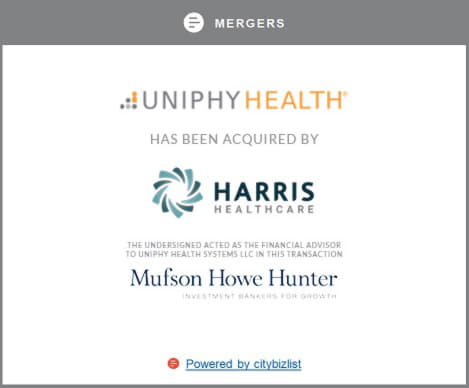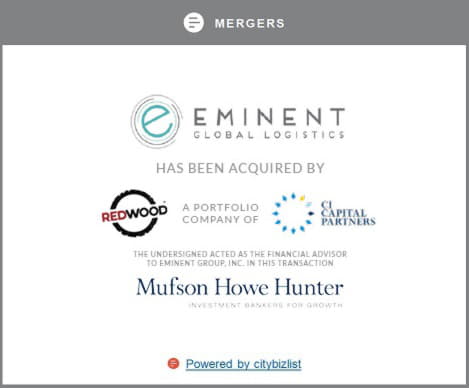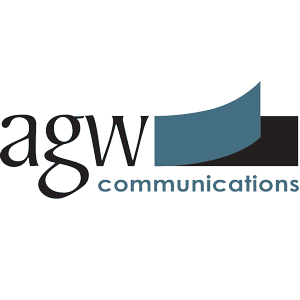The global pandemic is a painful reminder that humans can't fully control the environment around us. Still, the world's efforts to contain the spread of COVID-19 have led to more people eating at home -- a material shift in the normal dynamic (which had been steadily trending toward more eating out). For better or worse, this has led to a resurgence of demand in the packaged food industry.
B&G Foods (NYSE:BGS) -- which owns brands like Back to Nature, Bear Creek, Cream of Wheat, Green Giant, Ortega, and Mrs. Dash -- has been a huge beneficiary of this change. But are investors still too upbeat on this unique food maker?
Still a big advance
B&G Foods is a relatively small player in the consumer staples sector, with a market cap of $1.7 billion. For reference, General Mills (NYSE:GIS), one of the larger players, has a market cap of $36 billion. That hasn't stopped investors from jumping into B&G's stock, however, with shares up an impressive 48% so far in 2020. At one point the stock had advanced nearly 80%! Compare that to General Mills, one of the better-performing food makers this year, which is up just 10% or so at this point. Even at its peak gain so far in 2020 General Mills lagged well behind B&G Foods.

IMAGE SOURCE: GETTY IMAGES.
Investors clearly like what they are seeing at B&G Foods. And the news has been very good, with year-over-year sales up 38% in the second quarter. Adjusted earnings increased nearly 87%. Those are truly impressive numbers for a packaged food company, so some enthusiasm is appropriate. But how much?
At this point, B&G Foods' trailing P/E ratio is around 15 times. The company will report third-quarter earnings on Nov. 5, so this is subject to change very soon. That said, the forward P/E is around 12 times. That is right in line with the company's three-year average P/E ratio. So at best, it looks like the price-to-earnings ratio suggests that B&G Foods is fully valued right now, or even a little expensive.
Looking at valuation a different way, B&G Foods' price-to-book value is currently around 2.1 times. The company's three-year average is roughly 2 times. So using the company's balance sheet (essentially the value of the assets it owns) to examine valuation leads to a similar conclusion -- at best, full valuation.
Looking at this issue from yet another angle, sales, the story remains roughly similar. B&G Foods' price-to-sales ratio is around 0.9 times. Its three-year average is about 1 times. While that suggests a slight discount, when you add in the other two metrics, the story is still suggesting a fully valued stock.
But what about the pandemic?
All of that said, there's one question here that valuation metrics can't answer: How long will the sales boost from people staying home to eat last? That's hard to tell. But it is likely that once the world gets a handle on the coronavirus, people will again start to eat out more often. When that comes to pass, B&G Foods' top line will probably take a hit, or at the very least stagnate. So the growth this food maker has seen is likely to be a temporary blip.
To be fair, B&G Foods is making hay while the sun is shining. It's even expanding its business, recently announcing plans to buy Crisco from J.M. Smucker for $550 million in cash.
And this is where the story gets a bit more interesting. B&G Foods' business model is to buy neglected and smaller brands and then use its industry relationships, marketing, and advertising skills to boost results. It's not a bad plan and has served the company fairly well over time.
BGS FINANCIAL DEBT TO EQUITY (QUARTERLY) DATA BY YCHARTS
The problem is that this acquisition-driven business model has also resulted in a heavily leveraged balance sheet. The company's financial-debt-to-equity ratio at the end of the second quarter was roughly 1.2 times. That's even more than Kraft Heinz, a company that chose to slash its dividend partially because of its leverage. Leverage in and of itself isn't a bad thing, but if B&G Foods' strong results prove temporary, investors are likely to start paying more attention to this very real issue. And it is an issue baked into the business model.
Tread with caution
None of this is to suggest that B&G Foods is a bad company. That's not the case at all -- it has executed its unique model very well over time. However, investors may be a little too excited about recent performance here given that COVID-19 is likely providing a temporary boost to results and that the company's leverage remains quite high compared to that of peers.
Although the stock has cooled notably from its earlier peak, it still looks fully valued today, if not still a little expensive. Now is probably not the time to jump in with both feet here.
Where to invest $1,000 right now
Before you consider B&G Foods, Inc., you'll want to hear this.
Investing legends and Motley Fool Co-founders David and Tom Gardner just revealed what they believe are the 10 best stocks for investors to buy right now... and B&G Foods, Inc. wasn't one of them.
The online investing service they've run for nearly two decades, Motley Fool Stock Advisor, has beaten the stock market by over 4X.* And right now, they think there are 10 stocks that are better buys.










